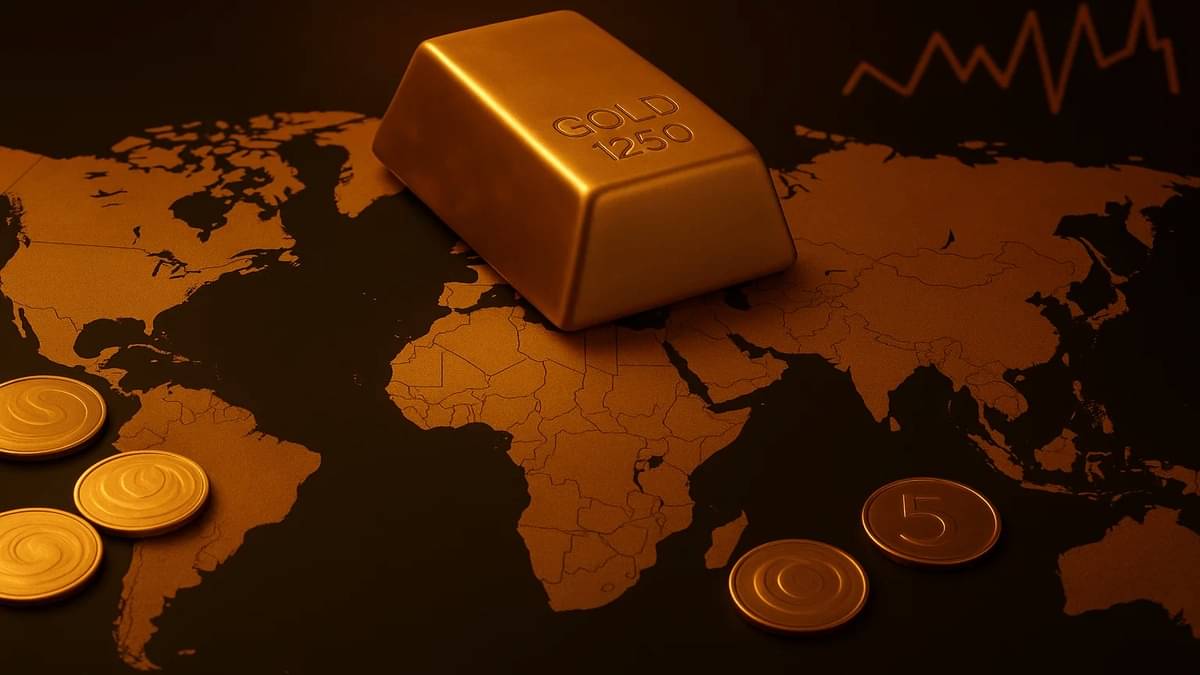As of May 28, 2025, gold prices in India reflect a stable market, with 24 karat gold valued at ₹9,748, 22 karat gold at ₹8,935, and 18 karat gold at ₹7,311. Notably, these prices have remained unchanged from the previous day, indicating a period of stability in a commodity known for its volatility. Understanding the dynamics of gold pricing is essential, especially in a country where gold holds immense cultural and economic significance.
The Dual Significance of Gold
Gold has long been revered in India, not just as a symbol of wealth and luxury but also as a vital investment vehicle. In times of economic uncertainty, when equity and debt markets falter, gold serves as a reliable anchor for investors. Its intrinsic value and historical stability make it a preferred choice for safeguarding wealth. Therefore, staying updated on gold price fluctuations is crucial, as even minor changes can lead to significant financial implications.
What Factors Affect Gold Prices?
Exchange Rate
One of the primary factors influencing gold prices in India is the exchange rate between the Indian rupee and the US dollar. When the rupee depreciates against the dollar, gold becomes more expensive in the local market. Conversely, if global gold prices decline but the rupee weakens, Indian consumers may not benefit from these reductions, leading to higher local prices.
International Factors
Global market conditions play a pivotal role in determining gold prices. Economic policies from major economies, geopolitical tensions, and fluctuations in exchange rates can all impact the value of gold. For instance, if a country experiences economic instability, it may lead to increased demand for gold as a safe-haven asset, driving prices up.
Global Demand
India’s cultural affinity for gold, especially during festivals and significant life events, ensures a consistently high demand. However, when demand wanes due to economic conditions or changing consumer preferences, gold prices may decline. Understanding these demand dynamics is essential for predicting price movements.
Interest Rates
Interest rates, particularly in the United States, have a direct correlation with gold prices. Typically, when interest rates rise, gold prices tend to fall, as higher rates make interest-bearing assets more attractive. Conversely, when rates decrease, gold prices often rise as investors seek alternative stores of value.
Government Intervention
Governments may intervene in the gold market to manage economic stability. For instance, when gold prices surge, governments may implement policies to discourage consumption to avoid a current account deficit. This could involve increasing import duties or introducing measures to regulate the market. Conversely, if prices are perceived as too low, governments might reduce duties to stimulate demand.
Market Trends and Outlook
Gold prices have exhibited notable volatility in recent years. For example, during the recent US elections, investor confidence in President Donald Trump led to a sell-off in gold, resulting in a price drop. However, as concerns over his unpredictable policies grew, many investors returned to gold as a safety net, driving prices back up. This pattern of erratic pricing is expected to continue in the near future.
The inverse relationship between the US dollar and gold prices is another critical factor to monitor. As the dollar strengthens, gold prices typically decline, and vice versa. Investors should remain vigilant about these trends to make informed decisions.
Conclusion
In summary, the gold market is influenced by a myriad of factors, from exchange rates and international demand to interest rates and government policies. As of today, gold prices in India remain stable, but the potential for volatility looms large. Investors and consumers alike should stay informed about market trends and economic indicators to navigate this complex landscape effectively.
For further insights, you can read more about the government’s recent policies regarding export duties here.




